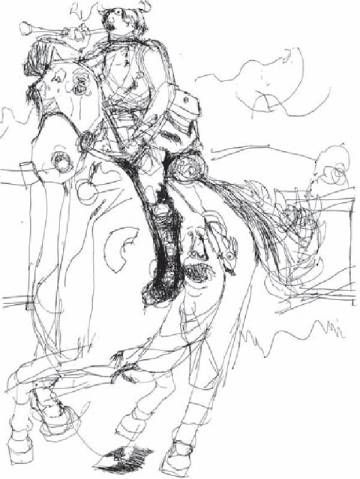While studying art at RMIT University in the 1990’s I felt a not-so-subtle pressure to steer clear of sentimentality and emotional subject matter in my art practice. I’m not sure why emotion was so frowned upon, a sign of the times perhaps but there was a clear preference for dry, conceptual work.
Thus I often felt alienated at university, and I do recall a presentation given by one of the lecturers who was most adverse to emotion in art. It soon became clear to me that she was in denial – almost in denial of life, so I formed the opinion that this issue of emotion was her problem, not mine.
I was reminded of all this when viewing Andrew Graham-Dixon’s 1996 series “A History Of British Art” on DVD. He argues that because of their intense colour and blatant sensuality, Howard Hodgkin’s paintings (above) have met with an uneasy response in Britain. He describes Hodgkin’s work as a rebuttal to puritanism, especially to that intellectual puritanism which is embarrassed by pleasure or any form of strong emotion and are only comfortable with pictures once they’ve been reduced to a set of abstract ideas. He describes Hodgkin’s work as expressing a language of emotion, a language of the body.
And for some reason, a drawing by Vincent Van Gogh, made early in his career, also came to mind. The subject is Sien, one of his early mistresses who was a pregnant prostitute. You can see the emotion pouring out of this work. How put-upon I would have been producing a work like this at RMIT, regardless of the technical skill it may have embodied.
I need to be moved in some way by a scene before I will paint it. The aim always is to create a mood which allows the viewer to enter the scene and absorb the atmosphere in there.



















